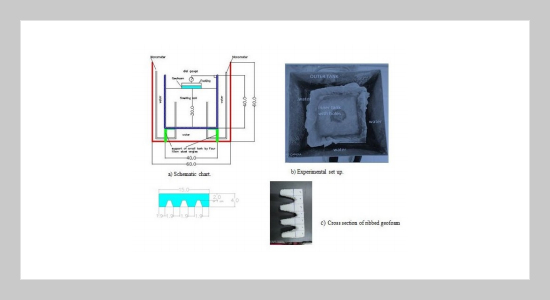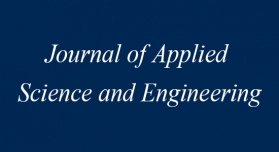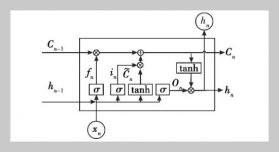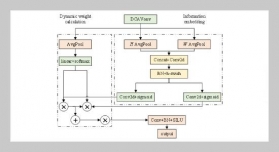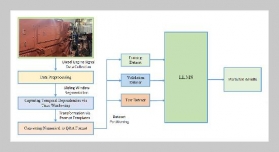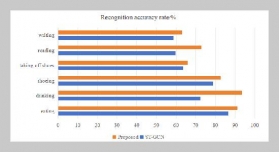Adel Fouad Diab 1 , Nagwa Ragab El Sakhawy2 , Mohamed Elazab Elkilany2 , and Rehab Ahmed Al-Badwy2
1Civil Engineering, Bilbis High Institute, Zagazig, Egypt
2Geotechnical Engineering Department, Zagazig University, Zagazig, Egypt
Received:
March 14, 2021
Accepted:
May 18, 2021
Publication Date:
August 1, 2021
Copyright The Author(s). This is an open access article distributed under the terms of the Creative Commons Attribution License (CC BY 4.0), which permits unrestricted use, distribution, and reproduction in any medium, provided the original author and source are cited.
Download Citation: ||https://doi.org/10.6180/jase.202108_24(4).0024
ABSTRACT
Swelling soils are considered a highly problematic soil due to the volume change actions. The cyclic heave and settlement of expansive soils could be the main reason for considerable damages to the structures, roads, and highways. Many available methodologies are followed to combat these problems of the swelling soils. This paper presents the results of experimental research which performed to show the efficiency of the (EPS) geofoam layers system as a new technique for controlling the upward movement of structures over swelling soils. The performance of the geofoam layer under the footing at different positions is studied. Geofoam layer has two configurations; flat and ribbed cross-section. Different densities and thicknesses of geofoam are considered in the study. Sand with different thicknesses is placed above swelling soil as a partial replacement under the footing. Their effectiveness of the performance is analyzed and discussed. Test results show a noticeable reduction in heave as a result of using the ribbed geofoam layer and partial replacement by sand above the swelling soil.
Keywords:
EPS, Geofoam, Compensated foundation, Swelling soil
REFERENCES
- [1] Prof S W Thakare and P A Bokey. “ Performance of Geofoam Micropile System for Controlling Heave of Expansive Soil ”. 3(9):32–40, 2014.
- [2] S Manimegalai and Aff M Asce. Enhancing the Strength and Swelling of Expansive Soil with Geogrid. 14:1067– 1074, 2018.
- [3] Ashraf El-Shamy, Yasser El-Mossallamy, Khalid AbdelRahman, and Hossam Eldin Ali. Experimental testing and numerical simulations for typical swelling soil in Egypt. International Journal of Recent Technology and Engineering, 8(3):4101–4111, 2019.
- [4] ECSMDEF. PartVI: Foundation on problematic Soil; Ministry of Construction, new communities and populations and facilities, HBNRC, Sixth Edition. 2001.
- [5] a P Shelke and D S Murty. Swelling Pressure of Expansive Soil Stabilized Using Eps Geofoam. Indian Geotechnical Conference 2011, pages 417–420, 2011.
- [6] S. B. Ikizler, M. Aytekin, and M. Vekli. Reductions in swelling pressure of expansive soil stabilized using EPS geofoam and sand. Geosynthetics International, 16(3):216– 221, 2009.
- [7] S Selvakumar and B Soundara. 5th International Conference on Geofoam Blocks in Construction Applications. Springer International Publishing, 2019.
- [8] Javairia Mumtaz, Imtiaz Rashid, and Jahanzaib Israr. Laboratory modelling of strength and deformation characteristics of a high swelling soil treated with industrial wastes. Arabian Journal of Geosciences, 13(16), 2020.
- [9] T D Stark, S F Bartlett, and D Arellano. Expanded polystyrene (EPS) geofoam applications and technical data. The EPS Industry Alliance, 1298:36, 2012.
- [10] Steven Floyd and Bartlett Jan. 5th International Conference on Geofoam Blocks in Construction Applications. 2019.
- [11] Harry Far and Deacon Flint. Significance of using isolated footing technique for residential construction on expansive soils. Frontiers of Structural and Civil Engineering, 11(1):123–129, 2017.
- [12] Mahdi O Karkush. Lecture Notes in Civil Engineering Modern Applications of Geotechnical Engineering and Construction Geotechnical Engineering and.
- [13] Aleksandra A. Nikiforova. Soil classification, 2019.
- [14] Sridharan Asuri and Prakash Keshavamurthy. Expansive Soil Characterisation: an Appraisal. INAE Letters, 1(1):29–33, 2016.


